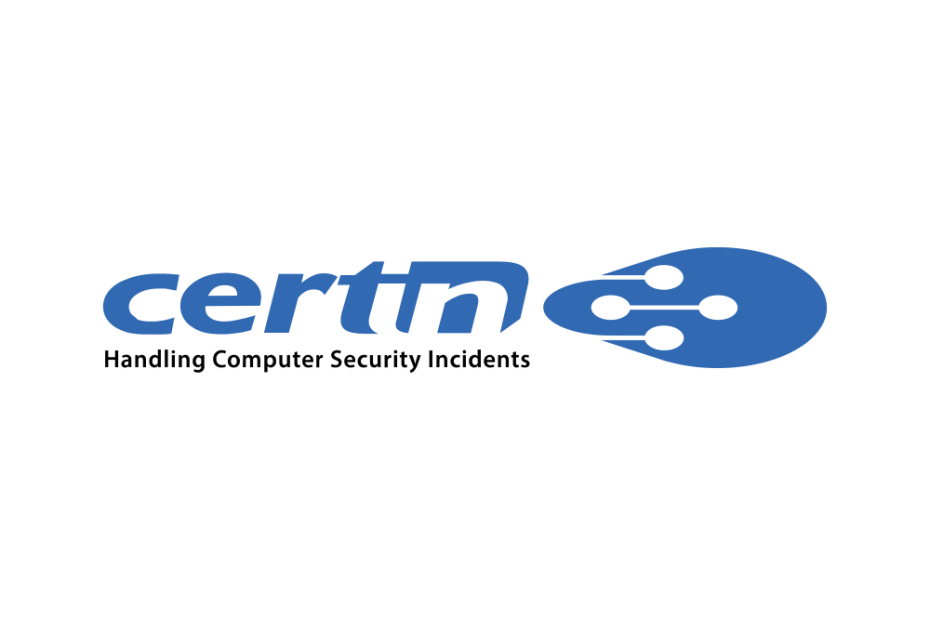Introduction
Cybersecurity has become a vital component of our everyday lives in the digital era, where technology breakthroughs have revolutionised the way we live and work. Organisations and people alike confront an increased threat of cyberattacks, making robust safeguards for sensitive data and systems critical. Many governments have set up Computer Emergency Response Teams (CERTs) to coordinate and manage cybersecurity crises in this endeavour. CERT-IN (Indian Computer Emergency Response Team) plays a critical role in strengthening the country’s cybersecurity posture in India. This article delves into the relevance of CERT-IN, its functions, and the standards to which organisations must follow in order to maintain the resilience of their digital infrastructure.
Understanding CERT-IN
The Ministry of Electronics and Information Technology (MeitY) oversees CERT-IN. Its major goal is to strengthen the country’s cybersecurity infrastructure, respond efficiently to cyber events, and coordinate cybersecurity activities across several industries. CERT-IN acts as a focal point for international colleagues in dealing with cybersecurity incidents and fostering information sharing on cyber risks and best practices.
CERT-IN Requirements for Organizations
To bolster the overall cybersecurity landscape in India, CERT-IN has formulated guidelines and requirements that organizations must adhere to. These requirements are designed to help organizations fortify their cyber defenses, mitigate risks, and respond effectively to any potential cyber incidents. Let’s explore some of the key CERT-IN requirements that organizations need to fulfill:
- Mandatory Reporting of Cyber :
Businesses operating in India are expected to notify CERT-IN as soon as they become aware of any serious cybersecurity event. By reporting the occurrence, CERT-IN is able to assess the hazards and offer the required advice to control and lessen its effects.
- Implementation of Security Practices:
Organizations are encouraged to follow best security practices and standards such as ISO/IEC 27001, NIST Cybersecurity Framework, and others. Adhering to these guidelines helps establish robust security measures and ensures a proactive approach to cybersecurity.
- Regular Security Audits and Assessments:
CERT-IN mandates organizations to conduct periodic security audits and assessments of their IT infrastructure and applications. These audits help identify vulnerabilities, potential weaknesses, and gaps in the cybersecurity defence mechanisms, enabling timely remediation.
- Incident Response and Crisis Management Plan:
Having a well-defined incident response and crisis management plan is crucial to effectively handle cybersecurity incidents. Organizations should have a documented and tested plan in place to swiftly respond to any cyber threat.
- Employee Education and Awareness:
Since employees are crucial to cybersecurity, it is important to regularly perform training and awareness campaigns to inform workers on the most recent dangers, phishing scams, and safe online behaviour.
- Patch management and regular software updates are both essential for keeping systems, programmes, and applications up to speed with the most recent security fixes. Malicious actors may use vulnerabilities in old software to their advantage.
- Access Control and Privilege Management:
By putting effective access controls and privilege management in place, you can lower the risk of unauthorised access by ensuring that only authorised workers have access to sensitive data and important systems.
Conclusion :
Organisations must be proactive in protecting their data and infrastructure against emerging cyber threats in the modern, digitally linked world. Cybersecurity has taken on national importance. As India’s top cybersecurity body, CERT-IN is essential in coordinating efforts, sharing threat intelligence, and helping organisations strengthen their cybersecurity defences.
To ensure the security of the digital future, it is important to prioritise security, foster a culture of cybersecurity awareness, and stay informed on the most recent threats. With the help of CERT-IN and our joint efforts, we can build a strong cybersecurity framework that protects our digital assets and fosters growth and innovation in the online world.

